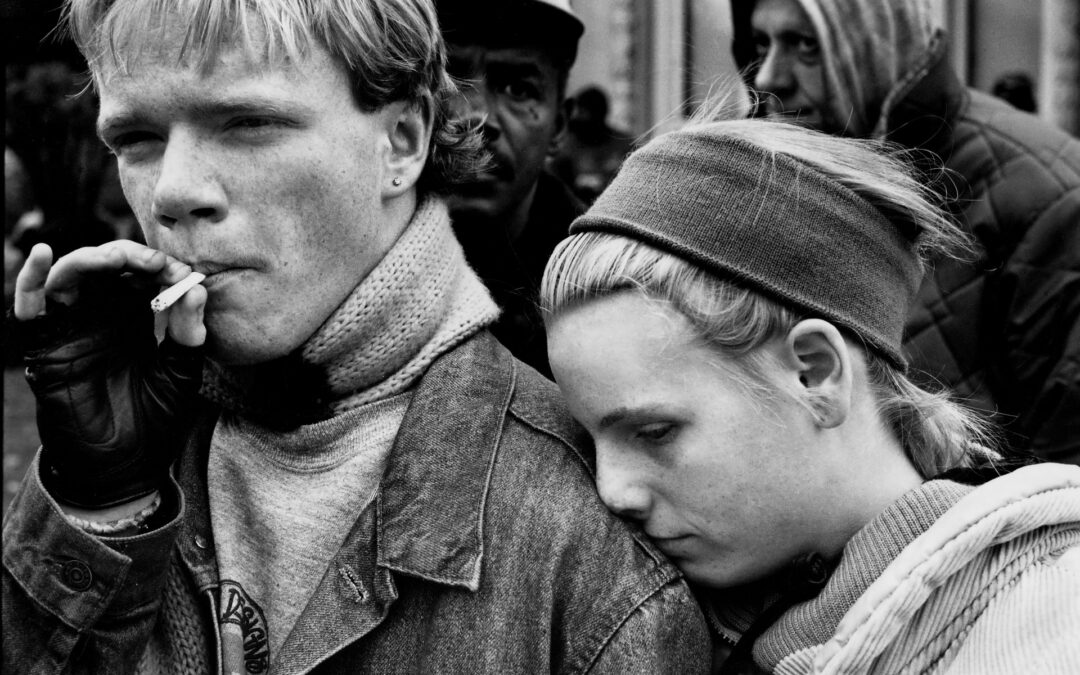In her New York Times article of February 6, 2020, Dr. Mikkael A. Serekes recalls a patient of his who was a young adult and was diagnosed with a “terrible lymphoma,” a potentially life-threatening diagnosis requiring aggressive treatment. Despite his concerns that the patient would not make it reliably through the rigors and toxicities of treatment due to immaturity and competing priorities, the young man, with the support of his roommates and “buddies” was a “model patient,” teaching the physician an important lesson.
This story brought me back to my oncology fellowship where I cared for a young woman with a similar diagnosis but, unfortunately, a very different outcome. A persistent cough and chest pressure weren’t enough to make her see a doctor. It was only when she lost her appetite and began having fevers that she presented to the Emergency Department at Grady in Atlanta. Back in the 80’s when I trained Grady was the hospital for the poor and uninsured in Metro Atlanta. Brenda was an 18-year-old runaway, living in poverty. She was admitted to the hospital, diagnosed with Hodgkin’s lymphoma, and transferred to the oncology service where her treatment was initiated.
I first met Brenda over two years later in the as a new fellow in the oncology clinic and her thick chart revealed a sad story. Almost as soon as chemotherapy was started her symptoms went away. The side effects of the treatment, particularly the nausea and hair loss were devastating for her. After three rounds of treatment, delivered in a delayed fashion when she missed appointments or showed up as clinic was closing, she disappeared altogether for nearly a year until her symptoms recurred. Two months of treatment again resolved her fevers and cough and, again, made her life miserable due to nausea. She was “lost to follow-up” for another year, when a return of symptoms brought her back to clinic. My attending physician told me her story before I entered her exam room for the first time, warning me not to get my hopes up too much. As a cancer physician many of the patients that you see have incurable diagnoses. When you meet a person just diagnosed with a potentially curable disease there is a brief internal moment of elation as you think, “Here’s someone I can really help.” Even though this was now her second relapse I was excited and optimistic that there was still a chance her cancer could be cured.
Brenda was seated in the corner, alone. Her stringy blond hair reached her shoulders and a musty odor surrounded her. Her clothes hung off of her thin body, suggesting she’d lost a lot of weight since she first got them. She mostly responded to my questions in one-word answers or short phrases. It was clear that she would pretty much rather be anywhere but where she was. My optimistic, cheerleading approach (“I know this must have been hard for you, but we have a real chance to beat this thing!”) was not reaching her. Yes, she wanted to feel better. But that meant she didn’t want to trade being sick from our treatment for sickness due to the cancer. Cure was not a priority for her, feeling well enough to eat, not have pain, survive- those were her goals.
What could I do to get her through a full round of treatment, one that might permanently control her disease? The nurses and social workers all knew Brenda and had tried to support her. She was very guarded about her life, sharing little about where she was living and how she was getting by from month to month. She rarely was accompanied by anyone for her clinic visits; rarely a disheveled young man would be with her, usually a different one than who’d last been with her. Together, my attending, the nurse and social worker who knew her best, and I described what the next treatment (a different one) would be like, realistically but hopefully. With downcast eyes she reluctantly agreed to “give it a try.”
I would be happy to report that the “third time was a charm.” Instead, things played out pretty much as they had in the past. Two months of treatment were delivered over three and a half months as toxicities and missed appointments impacted the rhythm of what was supposed to be a clockwork protocol. Then a couple of months went by with no sign of Brenda. She showed up at the end of clinic one day, looking sick and discouraged, but defiant. It finally became clear to us that, if at this point, we were going to help her at all, we would need to play by her rules. We discarded any hopes of aiming for cure and tried to find the least toxic treatment we could give that might provide her some temporary relief. With this approach we helped her for a few months until it was clear that we were out of effective treatment options for her. If I recall correctly, she died in the hospital on our oncology unit, alone.
Now 35 years later we would do things very differently for Brenda. First of all, we have many better supportive care options that hopefully would have prevented the devastating nausea she experienced from treatment. Palliative care is a specialty that didn’t exist back then. We would have involved them in her care, both in the hospital and, importantly, in the ambulatory environment, hoping that team-based approach would help her thrive as best possible during the temporary struggles through cancer treatment. Probably there were behavioral health challenges Brenda was coping with that we didn’t identify or do anything about that we wouldn’t miss now. Still- being young, poor, and alone with a serious illness is tough, and I’m not sure that, absent the support of friends/family who care about/for you how much differently the story would play out today.
